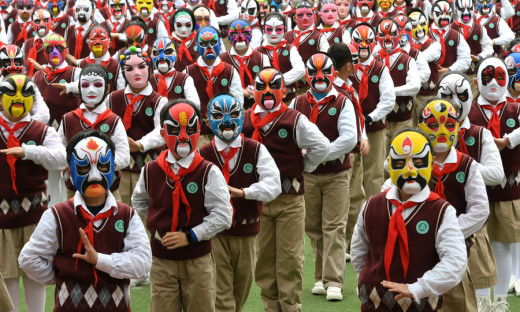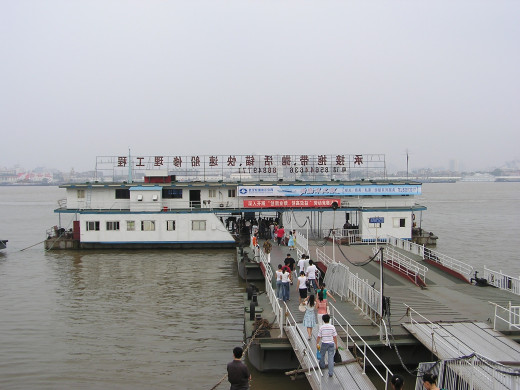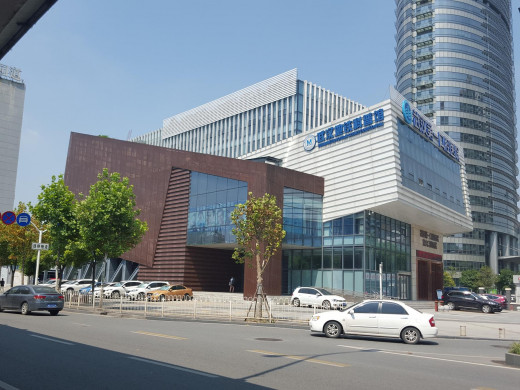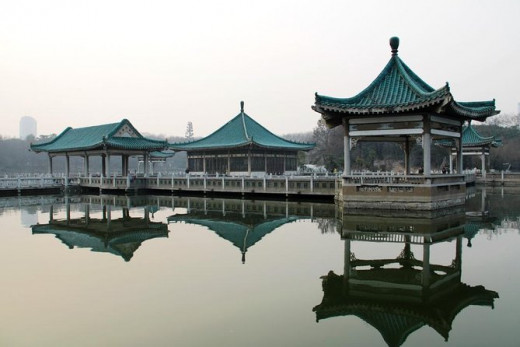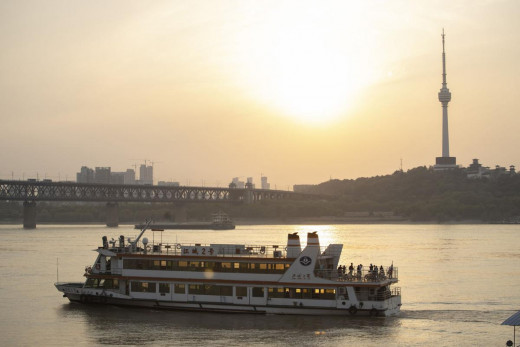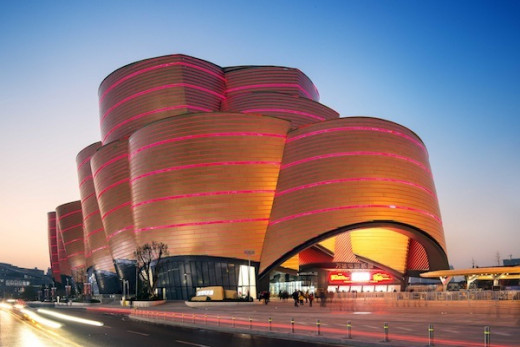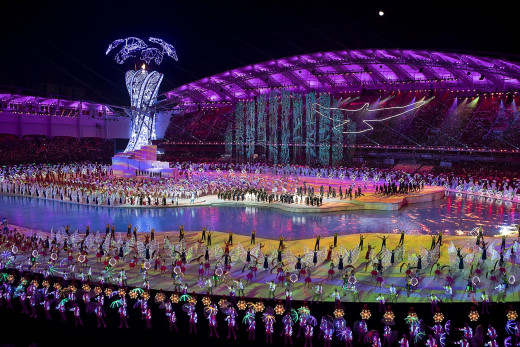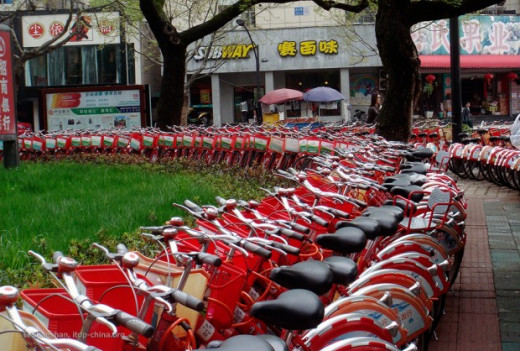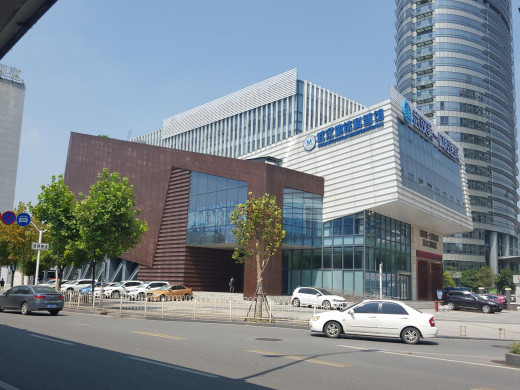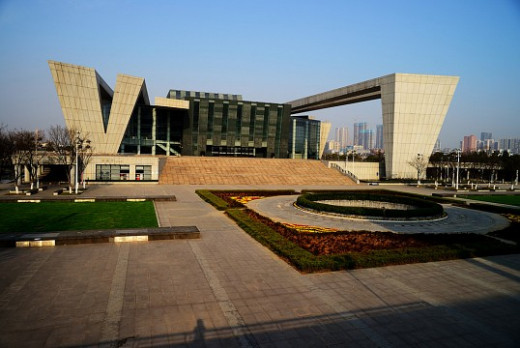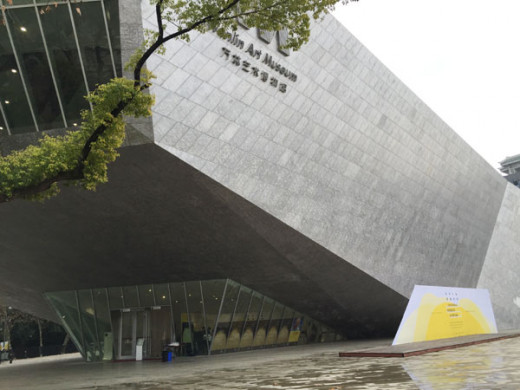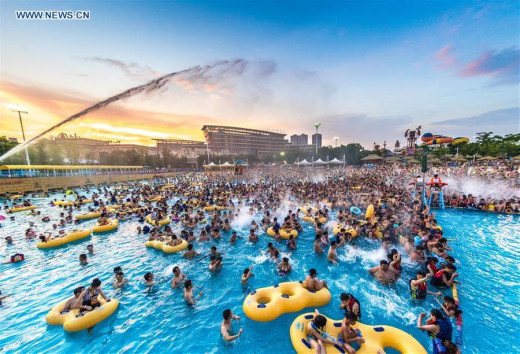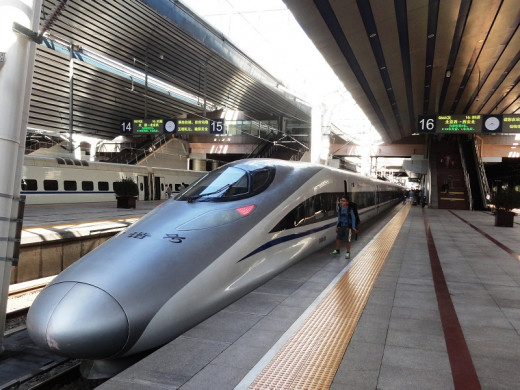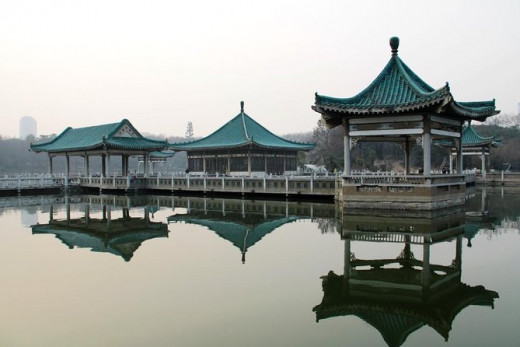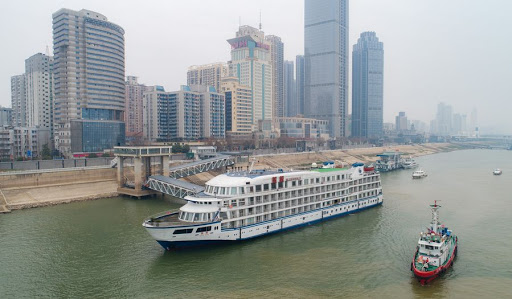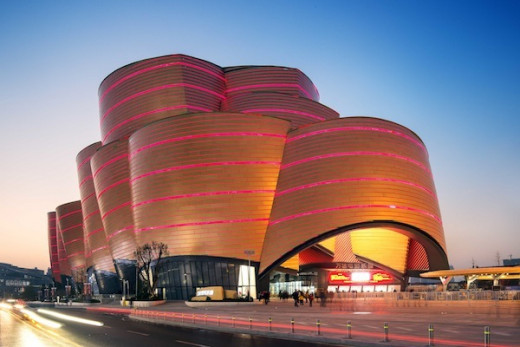- HubPages»
- Travel and Places»
- Visiting Asia»
- Eastern Asia
The City of Wuhan
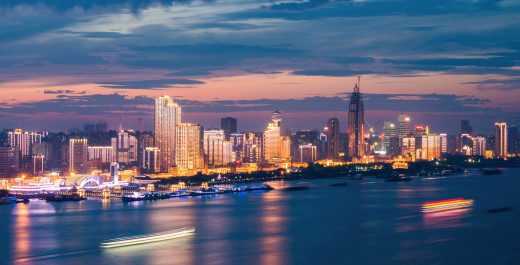
Wuhan has had many claims to fame, but its most prominent claims to fame, are for being the base of the "Republic of China," before it was relocated to Taiwan, and unfortunately, the city now has the infamous distinction of being the site of the novel coronavirus outbreak, that has caused the Global Pandemic of 2020.
Before the pandemic placed the city of Wuhan underneath a microscope, the exact whereabouts, and even existence of this major city, seemed virtually unknown to many of us in the West. I decided to explore, and what I found was eye-opening, it's almost as if I had been brainwashed and kept ignorant on purpose...
Wuhn is the capital city of the Hubei province, in the "People's Republic of China" Wuhan's population is more than 11 million, which makes it the most heavily populated city in all of Central China; to put that into perspective, New York City's population is little over 8 Million.
Much, like the city of New York is to the East Coast of the United States, Wuhan is considered to be the political, financial and cultural center of Central China.
The city gets its name from a mashup of the names of two other major Chinese cities that also sit on the banks of the Yangtze River. "Wu" refers to the city of Wuchang, while "Han" refers to the city of Hankou.
The Yangtze River flows into Wuhan from the SW part of the metropolitan area, and it winds through much of the terrain, splitting everything it touches in half.
The metropolitan area is divided into three separate parts—Wuchang, Hankou, and Hanyang, the three together are more commonly referred to as the "Three Towns of Wuhan."
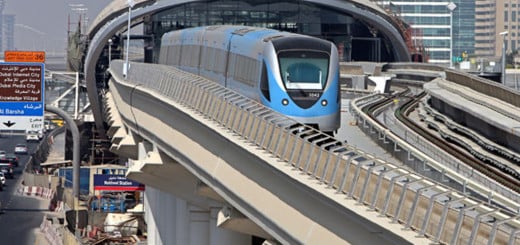
Transportation
Wuhan Tianhe International Airport is one of the busiest airports in central China. It is located in a suburban area, known as Huangpi District, which lies 16 miles north of the city proper, there is one additional general aviation airport and another one underway.
China Railway Wuhan Group is the major heavy rail provider in the region, it oversees the Wuhan Railway Hub, and it can get its passengers to nearly every city inside the Hubei province. There are many trains, including bullet trains, to get passengers to major cities all across China
The Wuhan Metro is the Metropolitan area's rapid transit system, it has 9 lines, covering 228 stations and it spans a distance of 211 miles. The system's current expansion plan will see it stretch to service approximately 421 more miles, which will make it one of the most expansive rail transit systems in the world.
There are also trams, a streetcar, and ferries to shuttle its population throughout the metro area. The Wuhan Public Bike-Share System is one of the largest in the world, with over 90,000 bikes in active use.
The Port of Wuhan is the natural river port located on the shores of the Yangtze and Hanjiang rivers, it has 24 port areas, and the ability to handle ocean-going ships. The port is a major hub for maritime transport in central China, and because of the city's vital role in Chinese domestic transportation, Wuhan is often referred to, as "the Chicago of China"
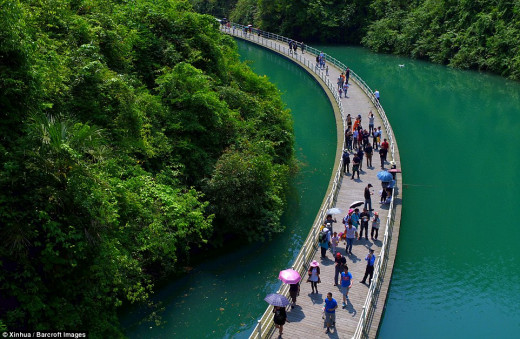
Religion
The vast majority of Wuhanese people reported they either do not follow any particular organized religion, or they follow traditional Chinese Folk Religions, such as Taoism and Confucianism...Then There is a wide practice of Buddhism, and smaller groups of Protestants, Catholics and Muslims.
Government
The goverment is led by the local Wuhan communist Party of china secretary, Wang Zhonglin, who only took office in February 2020, due to former secretary Ma Guoqiang's reported slow response to the coronavirus outbreak.
Guoqiang and his subordinate mayor admitted that the city government failed to promptly disclose details about the outbreak, but he also stated that as they are local government, they can only disclose information after being authorized to do so.
During a recent interview, former secretary, Guoqiang, expressed his feelings of "regret, guilt and self-blame" for his delayed response to the unfolding events.
Climate
Wuhan has a climate that is classified as humid subtropical. Spring and Fall each lasts for almost 60 days, and more often than not, winters in Wuhan are cold.
The wind-chill coming off the river, coupled with the high humidity usually makes the air feel about ten degrees colder than it actually is. Temperatures can drop to -5°C, so heavy snowfall is an uncommon occurrence.
The city was previously subject to catastrophic flooding, but the Three Gorges Dam, has been somewhat instrumental in controlling the heaviest floods; however, the area is still subject to mild to moderate flooding
Education
The city is a major educational hub in central China, as it is home to 35 institutions of higher education, but there are two outstanding jewels in its crown:
Wuhan University is one of the most prestigious and selective universities in all of China. Wuhan U is known for its top notch research in the fields of remote sensing, survey and hydraulic engineering, and the social sciences.
Its campus is a mixture of palatial buildings that reflect both Chinese and Western design, and it is regarded by many as one of the most beautiful university campuses in the entire world;
The Huazhong University of Science and Technology or HUST for short, is another well-regarded institution and a key university that manages one of only five national laboratories in China.
As you can probably tell from the school's name, its major focus is on science and technology, and it is referred to as "The epitome of the higher education development of the "People's Republic of China".
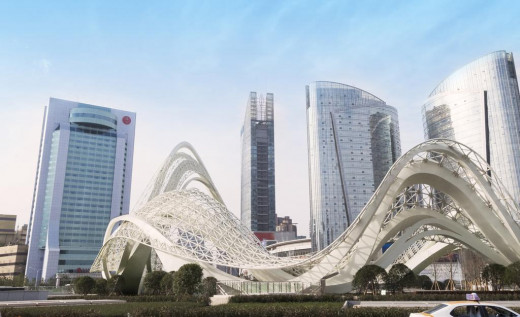
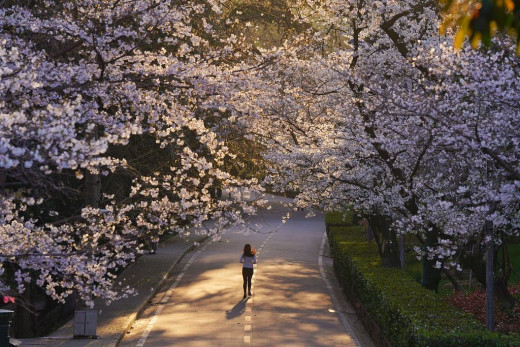
Economy
Wuhan is split into three national development zones, four science and technology development parks, nearly 400 research institutes, over 1600 high tech enterprises, copious enterprise incubators, and big investments from 230 Fortune Global 500 firms.
The presence of the multitude of scientific research centers means that there are over 400,000 scientists, engineers and technicians.
The Wuhan lab that is currently at the center of a 2020 Pandemic conspiracy theory, is the Wuhan Institute of Virology, which is a high security bio safety unit, that is nestled in the beautiful outskirts of the city.
The city's government has invested heavily in science and technology research, and because of that, Foreign Policy magazine reported that Wuhan would be the 11th most dynamic city in entire the world by 2025 - that prediction was made in 2012.
The city's major industries include optic-electronic, automobile manufacturing, iron and steel manufacturing, pharmaceutical, biological engineering, new materials industry and environmental protection
In 2018, Wuhan produced a Gross Domestic Product of $224 billion U.S. dollars.
CityScape
The city has been described as an illuminating megalopolis, that is full of a mixture of stunning skyscrapers, blended with Traditional Chinese architecture.
The beautiful flowers of the Chinese plum are prominent across the landscape - because Wuhan has a rich history of plum cultivation, its official emblem is the plum blossom.
The Wuhanese people, speak their own mashup of different varieties of Southwestern Mandarin, they call it Wuhan Dialect, and it is the predominant language of the area.
Food
In China, there are many different regional styles of cooking, some of them are known worldwide; such as Cantonese, Sichuan, Hunan and Mongolian. In Wuhan, Hubei cuisine is most dominant and Hot and Dry noodles, also known as Re Gan Mian, are one of the foods the city is most famous for....Hot, refers to the temperature of the dish and dry means that there is no broth.
Sports
When it comes to sports, area residents enjoy most of the major sports that we are all familiar with, but football is dominant, and there are a multitude of professional sports teams from which to choose.
Recently, the city played host to the 7th annual Military Games, and for the occasion, they constructed the Wuhan Five Rings Sports Center, which consists of a stadium that can hold 30,000 people, a gymnasium that can seat 8,000, and a swimming center that can accommodate more than 10,000 people.


















Entertainment
As for entertainment and things to do around the city, there are museums, opera houses, interactive and unique theater on the river, an absolutely stunning nightly light-show over the Yangtze that illuminates the city, amusement parks, riverboat cruises and tours, shopping districts, this list goes on and on...
Of course, there is also the notorious Whanan Seafood Wholesale Market, which is the 1,000 tenant, live animal and seafood wet market that was identified by the Chinese government, as being the most likely point of origin for the 2020 coronavirus pandemic that causes the disease COVID-19.
Had you heard of Wuhan before the coronavirus outbreak?
Wuhan appears to be an extraordinary city, bursting with science and technology, culture and character. I hope the city bounces back from the tarnished image many people now envision.
In any event, our common enemy is the virus, not the everyday people of China, the Hubei Province or the city of Wuhan.


